|
by Lindsay Knecht Autumnal Equinox in the Northern Hemisphere has come and gone. That means it’s time to focus our attention to root medicine! Traditionally, herbalists save root harvest for the fall. This is when the aerial parts of the plant die back and all the plant’s energy returns to their roots. Harvesting at this time of year results in the most potent root medicine. In the Western Rocky Mountains of North America a very special root is known to grow. In areas in the Southwest, Mexico and the upper Rio Grande, it is referred to as Chuchupate, an ancient Aztec name for “bear medicine”. Throughout herbalism it is known as Oshá, Bear Root, or Lovage (Ligusticum porteri). Bear Medicine you ask? In many cultures around the world, bears symbolize strength and healing; they truly are the herbalists of the animal kingdom. In fact, it has been documented that bears use over 40 species of plants as medicine and food. Oshá is especially important to the bears of North America. They are known to seek out Oshá roots in the spring after coming out of hibernation. Once they find an Oshá plant, the bears will dig and chew the roots then spray it into their hands, on their fur, and rub it all over themselves. Oshá is superior at moving stagnation and it stimulates any organ it passes through. It is especially stimulating to the excretory system (skin, kidneys, intestines and lungs), so it makes perfect sense that bears seek out this plant for these actions after their long winter slumber. To go even deeper down the den, there is documentation of male bears using Oshá in courtship by presenting this plant as gifts to female mates! As the bears instinctively know, Oshá is a powerful medicinal for our species as well. This plant has strong volatile oils, and thus, has the ability to cross the brain-blood barrier. The entire plant can be used, but most commonly the herb’s root is dug and tinctured, chewed, or dried for tea. My personal experience includes using Oshá tincture for bronchial infections and general immune support upon the onset of cold or flu-like symptoms. I love to use this powerful ally when you need to kick your system into high gear. Honey infused with Oshá root makes a fabulous cough syrup and delicious addition to herbal teas. With the distinct celery crossed with licorice flavor Oshá leaves have traditionally been used for seasoning soups and stews in southwest cultures. The leaves are also medicinal and can be used as an herbal smoke or tea. Oshá has emmenagogic tendencies and can sometimes induce menstruation. For this reason, it is recommended to be avoided during pregnancy. In my opinion, the main consideration when wildcrafting, especially when we’re talking about root medicine, is being ethical. What I mean by that is, typically when you harvest a root, you’re extinguishing the life of the plant. It is important to ask yourself, ‘how badly and how much do I really need?’ Oshá is on the United Plant Savers “At Risk” list. United Plant Savers is the only organization of its kind focused on the conservation of native medicinal plant species of North America and their habitats. The “At Risk” label indicates that Oshá has been in decline over the last several decades and is one of a handful of medicinal plants that are severely at risk of over harvest and sensitive to the impact of human activities. Oshá is very difficult (almost impossible) to cultivate. It only grows in certain conditions, usually on mountain sides over 7,000 ft altitude. (I like to say Oshá has the best views of all the flora in North America). Plus, Oshá seeds do not readily germinate. Michael Cottingham recommends planting the umbel and then stepping on it, to mimic elk hoof prints where Oshá seedlings have been observed. We wildcraft Oshá responsibly, (only a small amount for personal use) from a few pieces of land that we intend to steward for years to come. Good news is, studies by Dr. Kelly Kindscher and colleagues have indicated that rhizomes left in the ground can re-sprout! This is very exciting for those of us who want to assure abundance and access to these medicines in the future. Oshá is a member of the Apiaceae family. This is a notorious plant family that includes a variety of other edible and medicinal plants like Dill, Parsley, Wild Carrot (Daucus carota), as well as the deadly Poison Hemlock (Conium maculatum) and Water Hemlock (Cicuta spp.). The two Hemlocks are very close look-alikes to our beloved Oshá. This makes identification all the more important with this medicinal. There are several important characteristics to check for when identifying Oshá. (I chose not to elaborate on those here due to the sensitive nature of this plant). Please do not attempt to wildcraft Oshá on your own without prior hands-on experience guided by other experienced herbalists or field botanists. A very sustainable substitute for Oshá can be Pine needles and sap (Pinus spp.). Pine is plentiful and readily available in most regions. It’s fantastic for your immune and respiratory systems and acts in the body similarly to Oshá. Oshá is an under appreciated herbal medicine, yet an herb that is misused and exploited in the Rocky Mountains. I hope you can find a way to utilize the amazing Oshá plant when it is both local to your region and truly needed. Please leave the rest for the Bears. References: Kindscher, K. et. al. (2019) The Sustainable Harvest of Wild Populations of Oshá (Ligusticum porteri) in Southern Colorado for the Herbal Products Trade. Economic Botany, XX(X), 2019, pp. 1–16. (2017). Harvesting and Recolonization of Wild Populations of Oshá (Ligusticum porteri) in Southern Colorado. Natural Areas Journal, 37(2), 178–187. Curtin, L., Moore, M. (1947/1997) Healing Herb of the Upper Rio Grande, Sante Fe: Western Edge Press. And thank you to YouTube Channels: Michael Cottingham (Voyage Botanica) The School of Evolutionary Herbalism 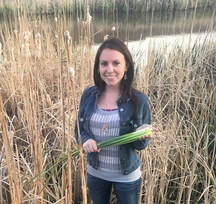 Lindsay Knecht has been studying nutritional healing and herbalism in the Vitalist tradition since 2010. She has achieved several certifications in related fields, most notably the Medicinal Plant Conservation Certificate through United Plant Savers. Interning with United Plant Savers in the Spring of 2016 had a huge impact on the way she views the usage of our medicinal plant species and their habitats. She is passionate about sustainable herbalism and spreading awareness in regards to ethical wildcrafting. Originally from Texas, Lindsay now resides in Western Colorado with her fiancé and their 3 dogs. They enjoy the many outdoor activities that Colorado has to offer including wildcrafting and foraging, gardening, camping, rafting, hiking, rock climbing and more. You can follow along with Lindsay on Instagram: @lindsblends. She can also be reached via email at lindsblends@gmail.com. 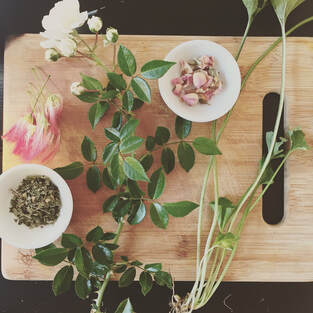 By: Margi Flint with editions by Beth Brooks-Mwano As practitioners, people will be drawn to us for the unique gifts we have created from our own life experiences. Sit quietly and view your life to see what your unique gifts are. What are your occupations, schooling, family life experiences, and personal experiences with health issues, therapy, life changes, and belief systems? What other experiences have made you who you are? Are you a serious person? Is laughter a big part of your expression? Singing? Physical therapy? Nursing? Mothering? Movement? Does science excite you? Value the work you have done and what you know. Do you just want the facts of the current complaint or do you enjoy the life stories of clients? Is your gift sitting for twenty minutes and knowing the right herb? Are you a single-herb practitioner or a mixer? Be who you are, don’t play a role. It is you that your clients are drawn to, so be yourself! Clients are drawn to you for your unique blend of knowledge and gifts. All issues of health seeking and coping with disease, “being out of ease,” enter through the doorway of experience. That’s where the term “Practicing Herbalist,” came from. [The Practicing Herbalist is the name of my book) I practice as I learn each issue, each herb, each constitution, and each spiritual effect. And I have had overlapping careers. I have always loved to teach. I taught Head Start back in the sixties and early seventies in Roxbury and Jamaica Plain, MA. I loved those children and spent hours after school gathering supplies for them. I soon realized I was incapable of detachment. Teaching Head Start taught me to recognize the great potential in all people. It also opened my eyes to the great injustices in our world. Teaching in middle school and high school taught me to learn not to peg people by appearance or by other teachers’ opinions. Every human is capable of growth and the expression of joy. I began to feel the power of thought being the absolute greatest force we can call on. I started creating my life with intention a long time ago, and am still doing that, now making more time for play and playfully being. I now have a number of advanced classes and clinical programs for herbalists. One day a month herbalists who want to hone their skills come to participate in “Practitioners Circle.” Even when one of us cannot attend the energy of the circle is strong. Clients are able to attend for free or at a reduced rate. In this way we weave in the community and they in turn allow us to practice on them. It is a blast to come as a client; they receive the loving energy and focus of great herbal practitioners, my instructors’ comments and the wisdom of the circle. This allows the client to go home spiritually supported and perhaps able to put more tea or a supplement into their budget. At this point in my life, I feel my energy is best spent teaching advanced classes. Each of us has a background. And each of us has a present self, hopefully full of energy to help clients realize their health. Do you make sure to bring yourself to your clients? It’s not the time for hiding away, it’s your time to shine, to be your colorful self, to know that you can bring together your other passions and the plants and create a healing practice that is home to you and a threshold of welcoming to others.  Margi Flint practices in the seacoast town of Marblehead, Massachusetts and over the past forty years has become their "village herbalist." Margi has been an Adjunct Professor at North Shore Community College, The Tufts University School of Medicine and currently at Massachusetts College of Pharmacy and Pacific Rim College in British Columbia. She lectures in Canada, Europe and the States (so far). Margi has been working with people and herbs since she began her herbal studies in 1974. Her clinical practice evolved through continued study with admired herbalists. Influential herbalists have been Rosemary Gladstar, David Winston, Matthew Wood, Christopher Hobbs, Kate Gilday, Mindy Green, Chancel Chabrera, Annie McIntyre, Jeffrey Bland, the late great William LeSassier, David Crow, Karyn Sanders and many more. Learn more at EarthSong Herbals. |
Archives
November 2023
Categories
All
|
Join the Newsletter!
Receive news about future Herbstalk events
Thank you!
You have successfully joined our subscriber list.
Copyright © Herbstalk 2024
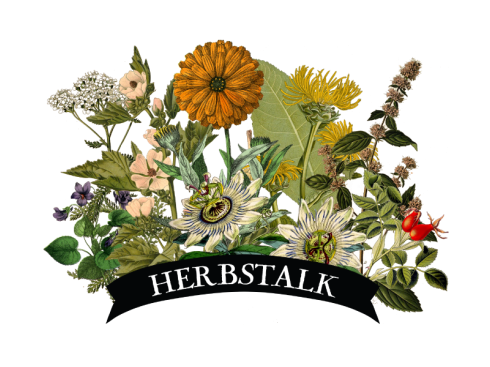
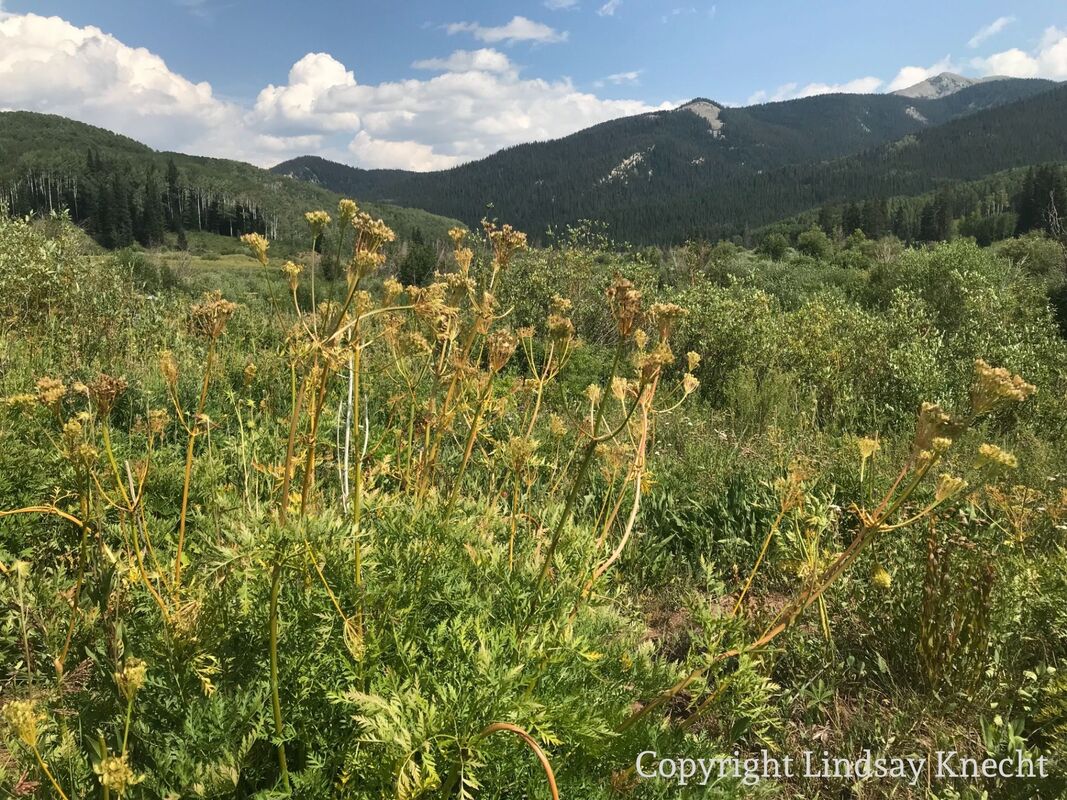
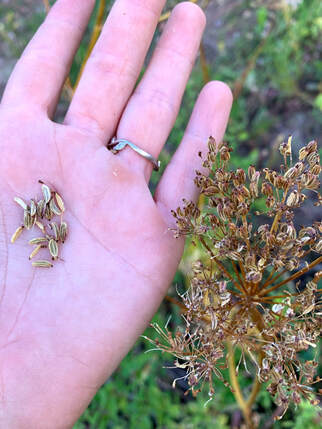
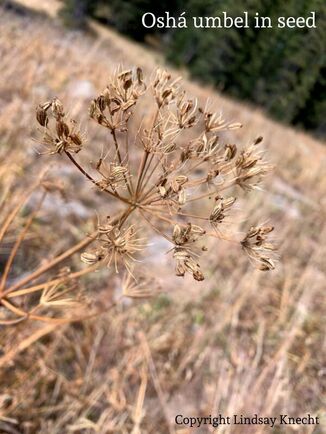
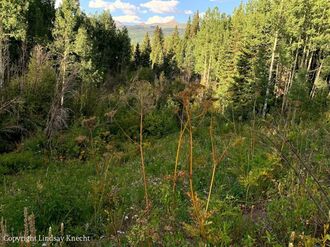
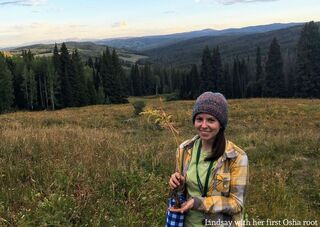
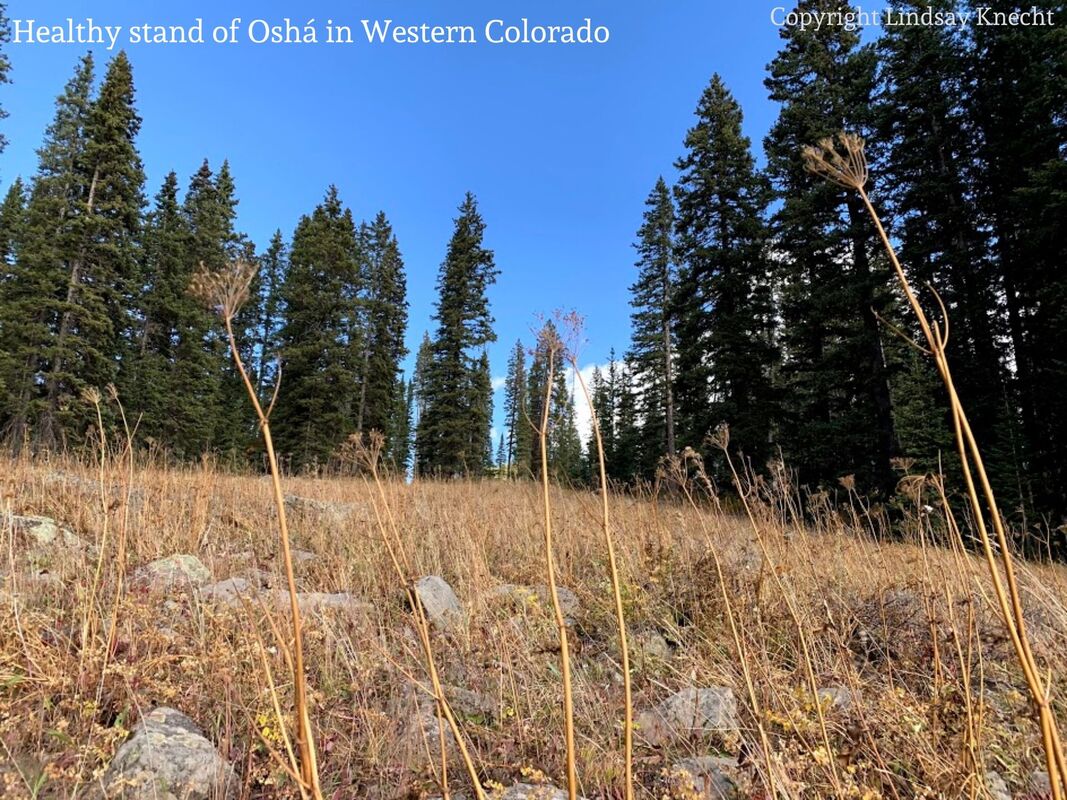
 RSS Feed
RSS Feed